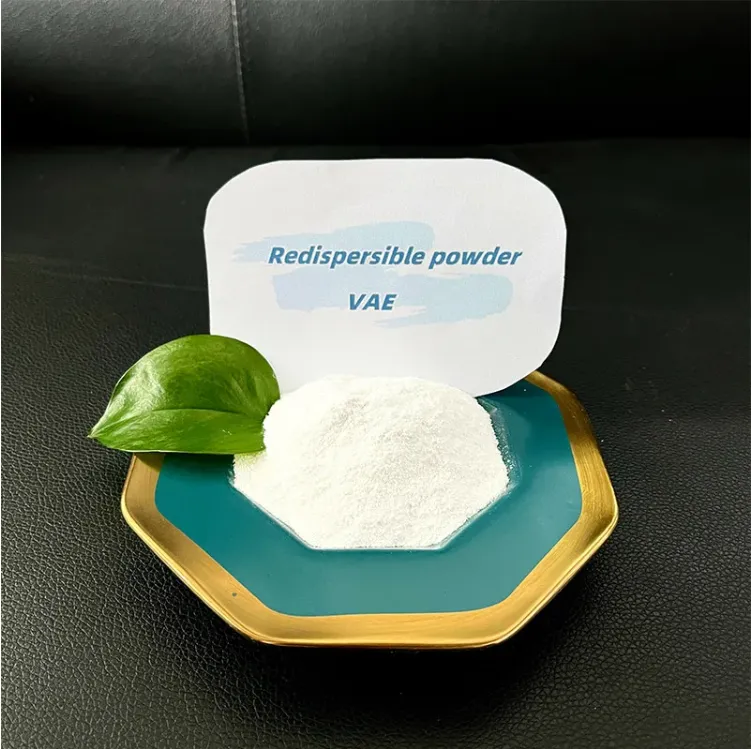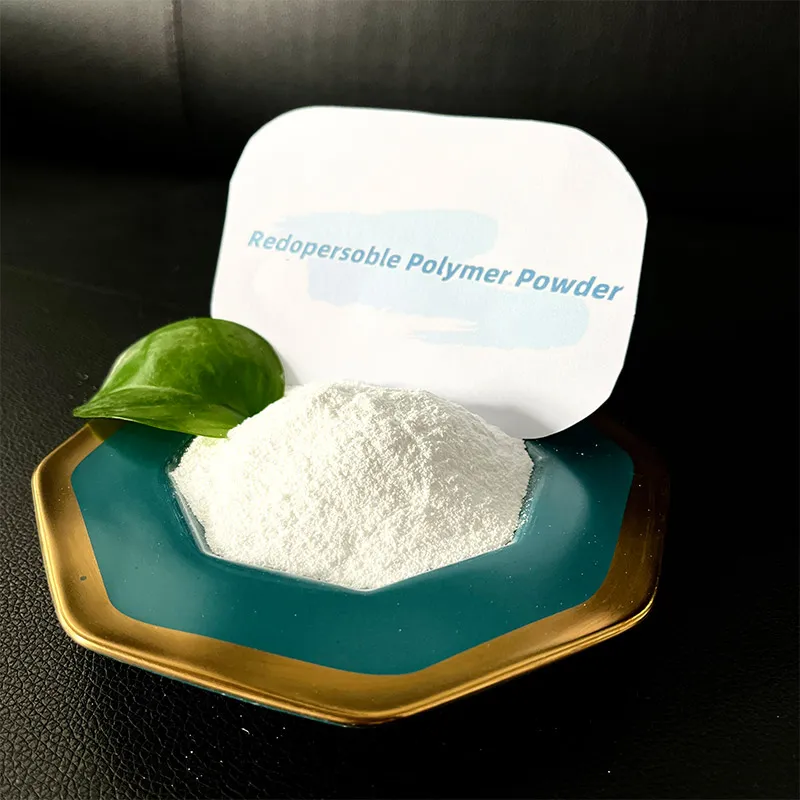
-

Add: HeBei ShengShi HongBang Cellulose Technology CO.,LTD.
-

Email
13180486930@163.com -

CONTACT US
+86 13180486930

Xylem Fiber
Feb . 15, 2025 08:20
Back to list
Xylem Fiber
Cellulose, a fundamental component of wood, serves as the primary building block for the structural integrity of plant cell walls. It is a complex carbohydrate, a polysaccharide composed of linear chains of glucose units. This omnipresent molecule within the plant kingdom plays a crucial role in both natural ecosystems and various industrial applications. Understanding cellulose's unique properties in wood not only highlights its industrial significance but also underscores its ecological importance.
Moreover, cellulose is a focal point in the development of novel materials such as biodegradable plastics. By blending cellulose with other biopolymers, it provides an alternative to conventional plastics, which helps in addressing the critical issue of plastic pollution. These biocomposites have gained traction for use in packaging, agriculture, and the automotive industry, where their environmental benefits are increasingly recognized. In terms of ecological significance, cellulose plays a pivotal role in carbon cycling within ecosystems. Trees and plants, through the process of photosynthesis, convert atmospheric carbon dioxide into cellulose and other organic compounds. This not only provides oxygen but also sequesters carbon, mitigating the impact of climate change. The decomposition of cellulose by microorganisms further contributes to nutrient cycling, enriching the soil and perpetuating plant growth. The ongoing research into the properties and applications of cellulose promises a future with innovations that utilize its potential while preserving ecological balance. Its abundance and renewability make it a cornerstone in the development of sustainable technologies. Nevertheless, challenges such as efficient processing and conversion of raw cellulose into useful products remain, driving further scientific inquiry and technological advancements. In conclusion, cellulose in wood is more than just a natural polymer; it is an integral component that supports life and innovation. Its diverse applications in industries ranging from energy to biomedicine and its role in sustaining ecological systems underscore its importance. Sustainable management and innovative utilization of cellulose resources represent a bridge to a greener, more sustainable future, where the benefits of this remarkable molecule continue to be realized across multiple domains.


Moreover, cellulose is a focal point in the development of novel materials such as biodegradable plastics. By blending cellulose with other biopolymers, it provides an alternative to conventional plastics, which helps in addressing the critical issue of plastic pollution. These biocomposites have gained traction for use in packaging, agriculture, and the automotive industry, where their environmental benefits are increasingly recognized. In terms of ecological significance, cellulose plays a pivotal role in carbon cycling within ecosystems. Trees and plants, through the process of photosynthesis, convert atmospheric carbon dioxide into cellulose and other organic compounds. This not only provides oxygen but also sequesters carbon, mitigating the impact of climate change. The decomposition of cellulose by microorganisms further contributes to nutrient cycling, enriching the soil and perpetuating plant growth. The ongoing research into the properties and applications of cellulose promises a future with innovations that utilize its potential while preserving ecological balance. Its abundance and renewability make it a cornerstone in the development of sustainable technologies. Nevertheless, challenges such as efficient processing and conversion of raw cellulose into useful products remain, driving further scientific inquiry and technological advancements. In conclusion, cellulose in wood is more than just a natural polymer; it is an integral component that supports life and innovation. Its diverse applications in industries ranging from energy to biomedicine and its role in sustaining ecological systems underscore its importance. Sustainable management and innovative utilization of cellulose resources represent a bridge to a greener, more sustainable future, where the benefits of this remarkable molecule continue to be realized across multiple domains.
Prev:
Next:
Latest News
-
Ethyl Cellulose Powder as a Pharmaceutical BinderNewsJul.10,2025
-
Blending Fibre Natural and Synthetic for PerformanceNewsJul.10,2025
-
Starch Ether For Construction: The Advanced Mortar Additive RevolutionNewsJul.10,2025
-
MHEC Cellulose in Cement-Based Renders and PlastersNewsJul.10,2025
-
Micronized Rubber Powder Dispersion TechniquesNewsJul.10,2025
-
Impact of Cream of Tartar Plaster Retarder on Final StrengthNewsJul.10,2025
-
Rubber Powder Durability in ConstructionNewsJun.26,2025











